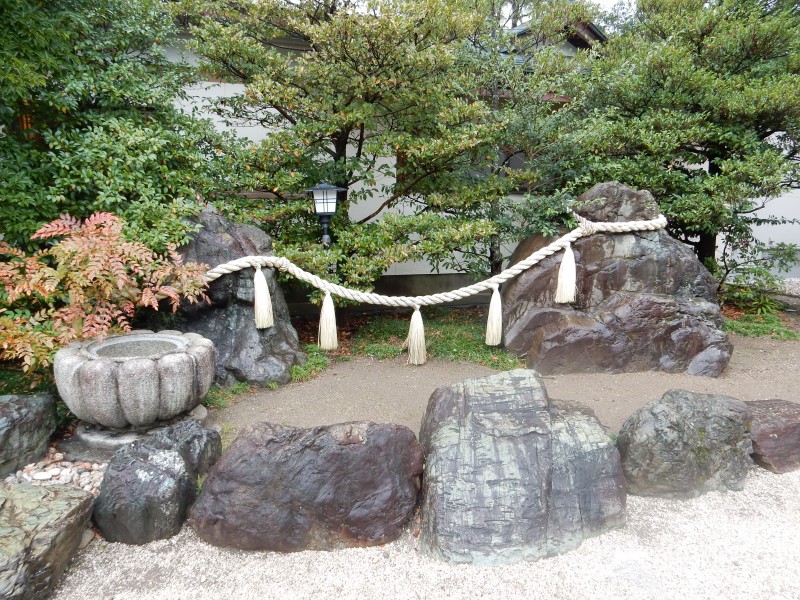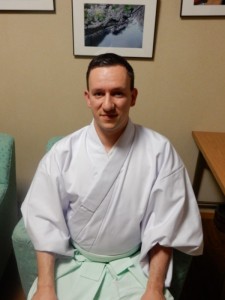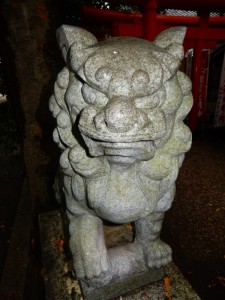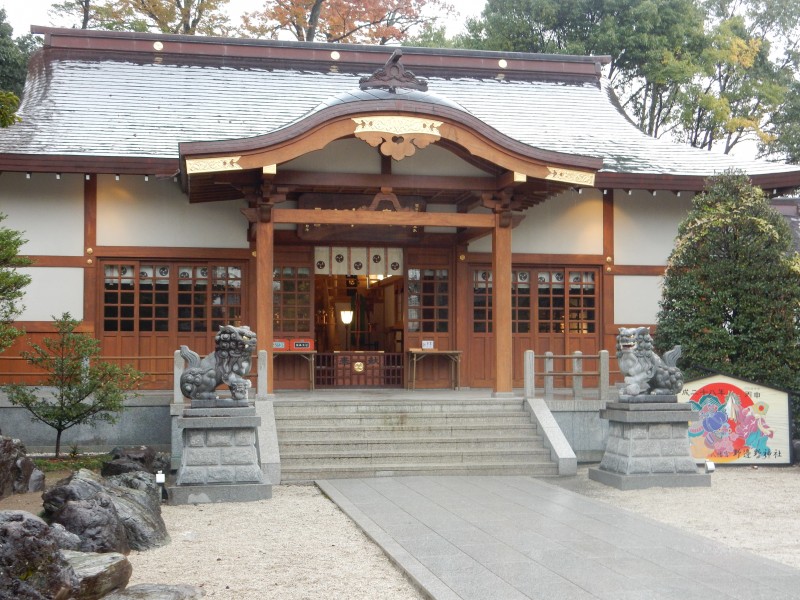
A pair of Meoto rocks at Nobeno Jinja, where Florian is assistant priest to the ‘guji’, or head of the shrine
This is the second part of an interview with the young Austrian, Florian Wiltschko, who in 2007 became the first non-Japanese ever to obtain an official priest’s licence as recognised by Jinja Honcho. (For the first part of this interview, click here.)
***************

6) How do people react when they see or learn a ritual will be performed by a non-Japanese?
Of course, most of them are surprised at first glance, and some of them even think out loud. But there has never been a wall or problem when the ceremony starts or during other activities.
7) What are the greatest difficulties you have faced?
Of course, the training can be hard even for Japanese priests. Sitting seiza for long periods, for example. You have to train your body to be able to do that. It’s the same for Japanese people. But one big difficulty was finding a shrine which would accept me as an employee. Each shrine is more or less independent, so it doesn’t mean you can just find a job if you get the license. Now that there is a precedent, that might become easier for other foreigners who wish to work as priests. You have to be welcomed by a shrine that wants to employ you. And you will not be working for yourself or for your career or self-improvement, but for the good of the community. You are serving others, not yourself. The local community is what is important.
8) What advice would you have for other non-Japanese wishing to get a license to be a priest?

Komainu guardian at Nobeno Jinja
Being able to communicate fluently in Japanese is maybe one of the most important things. Like anywhere else, language is the most important tool for being able to train and carry out the work.
9) How do you feel about the spread of Shinto overseas in recent years?
Shinto overseas has to be changed in shape in order to develop, I think. There is no Japanese Imperial Family overseas, which has to be dealt with. Therefore, the animistic part of Shinto is focused on rather than the national well-being. Shinto might be a good or even the best way to understand Japan – I just hope this won`t be done only by foreigners, but also by Japanese people as well.
10) What are your plans for the future? (Have you ever thought of starting a shrine in Austria?)
I have no plans to start a shrine in Austria or any other place. I am the Shinto priest of Nobeno Jinja in Hisai, that is and will remain my job. Related to this, I am working hard to do my best for this shrine and beyond that for Japan’s culture as a whole.
**********************
For an article covering the whole topic of foreign priests in Shinto, please see this Japan Times piece.
**********************

The main building of Nobeno Jinja in the township of Hisai, in Mie Prefecture

Leave a Reply